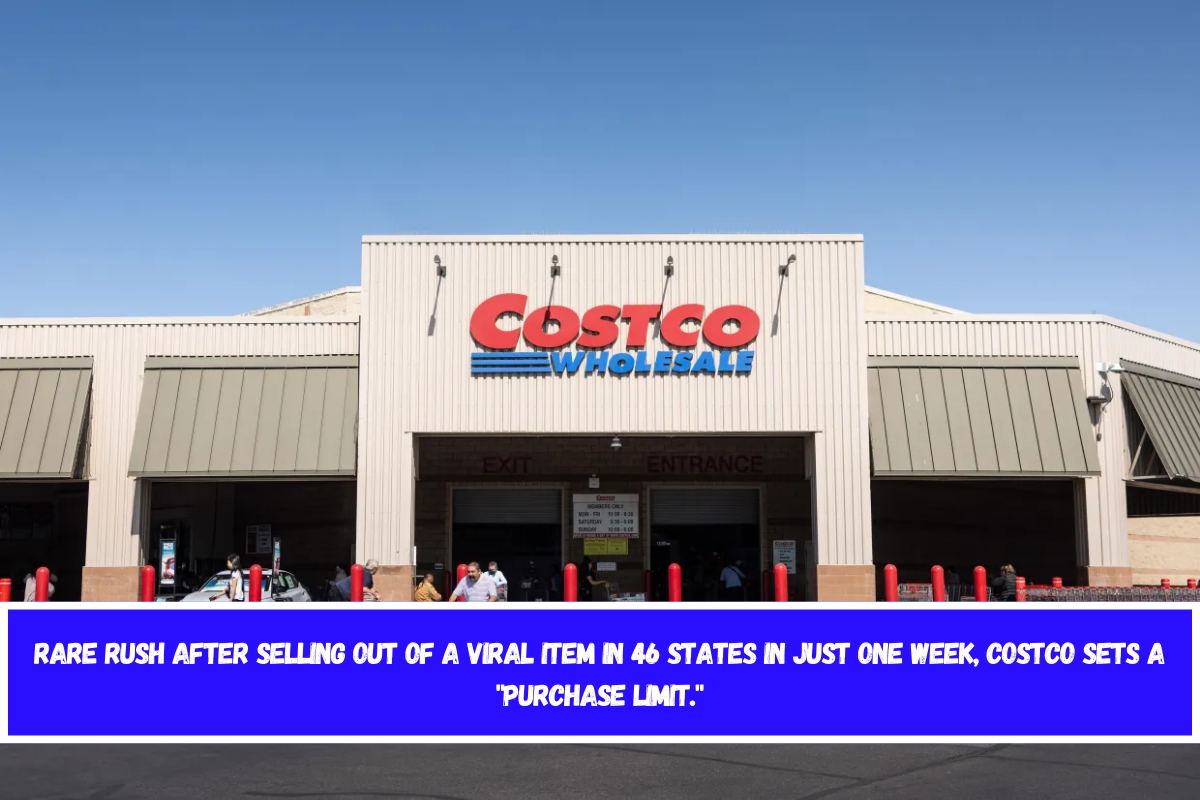As Rite Aid prepares for potential store closure sales, the drugstore behemoth is working out the specifics of closing all of its approximately 1,240 locations – but with a caveat.
Rite Aid, founded in 1962, is a national drugstore chain in the United States with thousands of locations, competing with pharmacies such as CVS and Walgreens.
Pharmacy chains have struggled in recent years due to a variety of factors, including decreased prescription reimbursement, high theft rates, and rising costs.
Shifting consumer habits have also had an impact on the industry, as customers spend more of their money with online retailers and competitors such as Amazon and Walmart, which offer more competitive pricing.
The temporary financial boost that drugstores received during the pandemic as a result of their role in issuing vaccines had an impact as well.
As a result of these difficulties, drug stores across the United States are struggling to turn a profit, with approximately one out of every three US retail pharmacies closing since 2010.
Rite Aid has been severely impacted by these industry-wide challenges, filing for Chapter 11 bankruptcy on Monday.
It was the “only viable path forward for Rite Aid,” a company spokesperson told The Sun.
Rite Aid CEO Matt Schroeder explained that the company’s problems stemmed from financial difficulties that were “intensified by the rapidly evolving retail and healthcare landscapes.”
The company currently operates 1,240 stores in 15 states and intends to begin the process of selling all or a portion of them to a buyer.
Rite Aid is currently “in active discussions with multiple potential buyers,” according to the spokesperson.
Rite Aid will also “initiate store closing sales” at its stores and eventually close all locations that have not been sold, according to its bankruptcy filing.
According to the spokesperson, Rite Aid will no longer own or operate any store operations or assets that are not sold during the bankruptcy process.
“This means that over the next few months, all Rite Aid distribution centers will close, and all stores will either close or be operated by a new owner,” according to a Rite Aid spokesperson.
The pharmacy giant announced that it has secured $1.94 billion in new financing to keep its store fleet operational during the bankruptcy proceedings and potential sale.
PRESCRIPTION PROBLEMS
As Rite Aid goes through the Chapter 11 bankruptcy process, the pharmacy chain is working to ensure a smooth transition for its customers.
“As we move forward, our key priorities are ensuring uninterrupted pharmacy services for our customers and preserving jobs for as many associates as possible,” said the company’s CEO.
Rite Aid customers will continue to be able to access pharmacy services and products in-store and online, including prescriptions and immunizations, according to a news release.
How does bankruptcy work?
Bankruptcy is a specific legal process that helps companies eliminate debt they can’t repay.
The process allows businesses to start fresh and gain access to new credit.
Supervised by federal courts, bankruptcies allow a company to sell off its assets more easily to pay off creditors, according to Investopedia.
Chapter 11, a common process for companies, is used to restructure a business with the goal of remaining open – even if it means selling off most of the company’s properties.
Chapter 7, on the other hand, sells all of a company’s assets, putting it out of business.
Chapter 15, alternatively, allows for collaboration between American and foreign courts to conduct bankruptcy proceedings with “parties of interest involving more than one country,” per the United States Courts.
The company said it is working on transferring customer prescriptions to other pharmacies.
Customers can use the Rite Aid store locator tool to find the contact information for their local store.
BANKRUPTCY BUST
Rite Aid’s bankruptcy filing this week is its second in less than two years.
The company first filed for Chapter 11 bankruptcy in October 2023, citing a variety of factors, including competition from Walgreens and CVS.
Rite Aid also struggled with declining sales and the rapid rise of e-commerce, making it difficult for the company to repay its debt.
The pharmacy chain was nearly $4 billion in debt at the time, struggling to manage payouts from several lawsuits related to its role in the opioid epidemic.
Rite Aid is not the only drugstore chain struggling to stay open.
Walgreens is also on the list of major pharmacy companies closing stores, with 500 locations set to close.
Meanwhile, CVS confirmed that one million patients in 17 states will lose coverage, with the CEO warning of “pharmacy deserts.”










